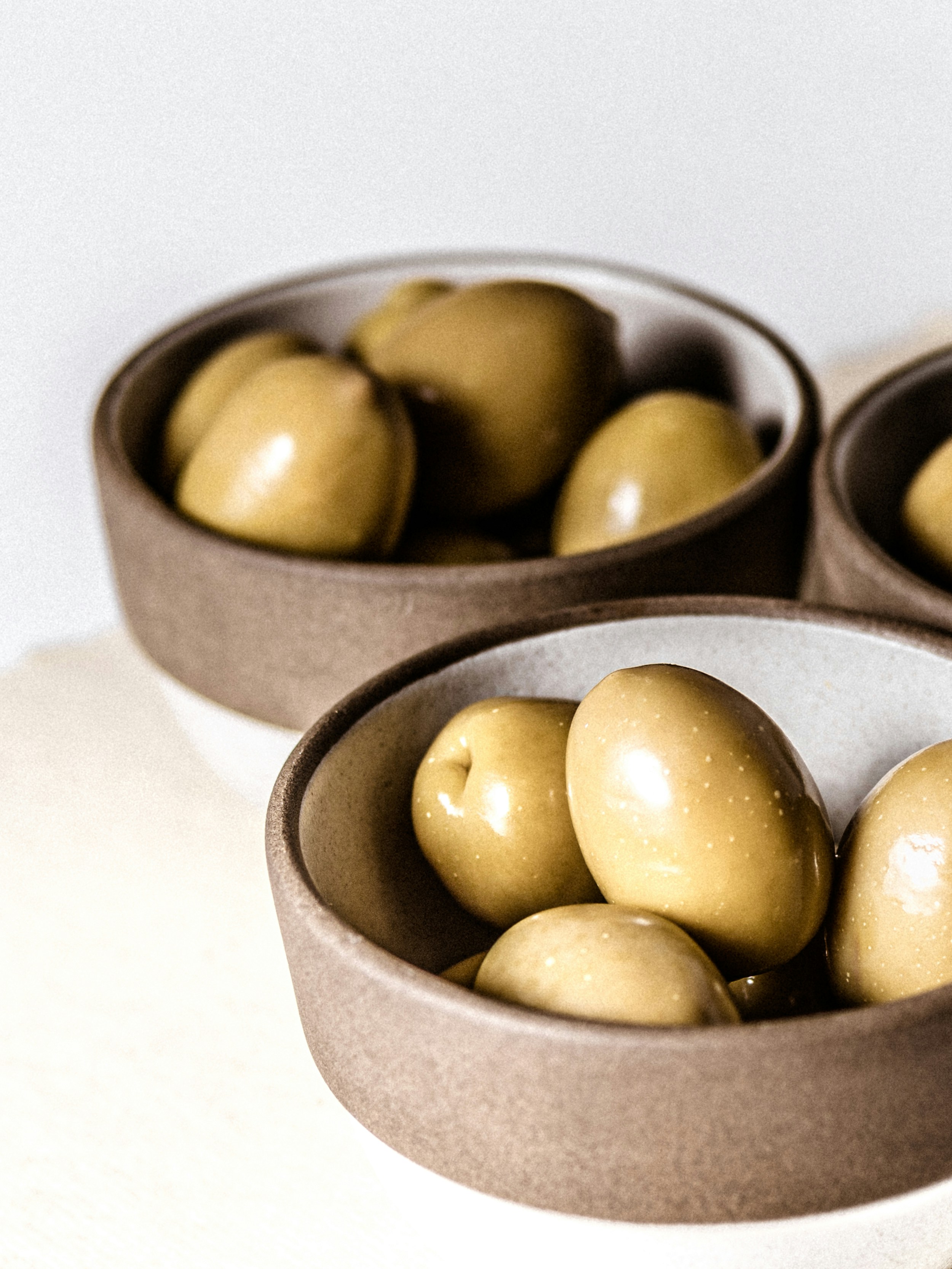Have you ever found yourself munching on a handful of almonds or a slice of spinach pie, wondering just how much of that delicious but oxalate-rich food is safe to enjoy?
Understanding Oxalates
Oxalates are naturally occurring compounds found in many plants, including fruits, vegetables, nuts, and grains. While oxalates can play a role in some health benefits, like neutralizing free radicals, they can also be harmful, especially if you’re prone to kidney stones or have certain health conditions. The potential risk lies in the fact that high levels of oxalates may lead to the formation of calcium oxalate crystals, and consequently, kidney stones. You wouldn’t want your favorite snack turning into something that makes your trips to the bathroom less enjoyable, right?
What Foods Are High in Oxalates?
There are several foods that pack a high oxalate punch. Here’s a quick breakdown:
| Food | Oxalate Content per 100g |
|---|---|
| Spinach | 750 mg |
| Almonds | 475 mg |
| Beets | 310 mg |
| Sweet Potatoes | 160 mg |
| Dark Chocolate | 100 mg |
| Tea | 30 mg |
| Berries | 6-50 mg |
While this list is not exhaustive, it gives you a clear idea of some common high-oxalate foods. Portion control becomes essential here because it ensures you’re not exceeding the safe limits.
The Importance of Portion Control
Portion control is a dietary practice that can significantly impact your health and well-being. When it comes to managing oxalate intake, understanding what portion sizes work for you is fundamental. Instead of completely cutting out high-oxalate foods, which can often feel restrictive and lead to cravings, talking about moderation and portion sizes can make the difference.
Why Portion Control Matters
You might be wondering why portion control is so crucial if you’re already monitoring your oxalate intake. The answer lies in balance. Think about it: avoiding all high-oxalate foods might lead to a lack of nutrients and variety in your diet. By practicing portion control, you can still enjoy your favorite foods while being mindful of their oxalate content.
Managing Oxalate Intake Through Portion Control
So, how can you effectively manage your oxalate intake through portion control? It involves a combination of knowledge, awareness, and mindful eating practices.
Know Your Limits
Understanding how much oxalate your body can handle without adverse effects is vital. For most people, the goal is to limit oxalate intake to about 40-50 mg per day, particularly if you have a history of kidney stones. It’s worth getting to know what an appropriate portion size looks like for you, especially when it comes to high-oxalate foods.
Measuring serving sizes
Here’s a handy guide to help you visualize appropriate portion sizes for some high-oxalate foods:
| Food | Recommended Serving Size |
|---|---|
| Spinach | ½ cup (cooked) |
| Almonds | 10-15 nuts |
| Beets | ½ medium-sized beet |
| Sweet Potatoes | ½ medium-sized sweet potato |
| Dark Chocolate | 1 oz |
Measuring serving sizes can be a bit of a game-changer in making sure you’re not overindulging in anything that might tip the oxalate balance in your meals.
Practical Tips for Portion Control
You can incorporate portion control practices into your daily life in various ways. Here are some strategies that can help you manage your oxalate intake without sacrificial feelings of deprivation.
Eyeballing Portions
Over time, it’s possible to develop an intuition for portion sizes. For instance, a serving of nuts is roughly the size of a small handful, while a cup of leafy greens can fit in two cupped hands. Learning to eyeball these sizes helps with meal prep and makes it easier to create your meals with the right proportions without needing to measure every little thing.
Use Smaller Plates
By serving your food on smaller plates or bowls, you can trick your mind into thinking you’re eating a larger portion. It’s an effective psychological trick that can help you enjoy your food without the overwhelming feeling of having too much on your plate.
Balance High and Low Oxalate Foods
Incorporating low-oxalate foods into your meals not only helps maintain balance but also keeps your plate colorful and nutritious. Consider pairing high-oxalate foods with low-oxalate counterparts. For instance, you could mix a handful of spinach with a variety of low-oxalate vegetables like bell peppers or zucchini.
Here’s a brief table of low-oxalate foods for quick reference:
| Low-Oxalate Foods | Oxalate Content per 100g |
|---|---|
| Broccoli | 0-2 mg |
| Cauliflower | 0-2 mg |
| Kale | 5-10 mg |
| Carrots | 3 mg |
| Apples | 2-5 mg |
| Rice | 0-2 mg |
Cooking Methods Matter
Sometimes how you prepare your food can influence its oxalate levels. Boiling vegetables can significantly reduce their oxalate content. When you boil spinach, for example, it can lose a good amount of its oxalates. So, when enjoying your oxalate-rich foods, consider cooking methods to keep your intake manageable and healthy.
Mindful Eating
Eating should be an experience, not just a task to check off your to-do list. By practicing mindfulness—paying attention to each bite, enjoying the flavors, and being conscious of how much you’re eating—you can promote better digestion and satisfaction. This, in turn, will help you naturally adhere to portion sizes without feeling like you’re denying yourself.
Portion Control and Lifestyle Factors
Your overall lifestyle influences not just health but also how well you manage portion sizes and oxalate intake. It’s astounding to see how interconnected our choices are when it comes to our well-being.
Stress Management
When life gets a little chaotic, it’s easy to fall back into unhealthy eating patterns. Stress can lead to mindless munching or emotional eating, which can throw your portion control out of alignment. Finding effective stress management techniques, like deep-breathing exercises or yoga, can help keep you grounded and reduce that inclination to reach for extra goodies.
Staying Active
Regular physical activity contributes to a more balanced metabolism. When you exercise, your body utilizes nutrients more effectively, which can help keep your weight—and your portion sizes—in check. Plus, being active can help regulate your appetite, making it easier to stick to sensible portions.
Hydration
Sometimes, we confuse thirst with hunger. Keeping yourself well-hydrated can significantly impact how you manage your portions. Drinking enough water can help you feel satiated, making less likely you’ll reach for that second helping of high-oxalate foods.
Monitoring Your Progress
Managing oxalate intake and practicing portion control is a journey. Keeping track of what you eat can provide insight into your habits and highlight areas for improvement.
Keeping a Food Diary
Recording your food intake can be extremely beneficial. It allows you to not only observe your portion sizes but also track oxalate levels in the foods you’re consuming. A simple notebook or a food diary app can serve as great tools for monitoring your meals.
Consulting With Professionals
If you’re struggling with oxalate management, you might want to consult a registered dietitian or a healthcare provider. They can help create a personalized plan that considers your specific health needs and goals. Access to expert advice can empower you with knowledge and confidence as you navigate through your dietary choices.
Conclusion
The role of portion control in oxalate management cannot be overstated. Rather than focusing on strict elimination of high-oxalate foods, practicing moderate intake with a mindful approach can lead to a healthier, more balanced lifestyle. Understanding what foods contribute to your oxalate levels, recognizing appropriate portion sizes, and implementing practical strategies make all the difference.
Just remember, moderation is key. Enjoying your favorite foods in sensible portions allows you to maintain variety in your diet without compromising your health. With a little awareness and intentional choices, you can effectively manage your oxalate intake and live life more fully without the constant worry of what you’re eating. So the next time you reach for that handful of almonds or scoop of spinach, take a moment to appreciate the balance you’re creating—your body will thank you.




